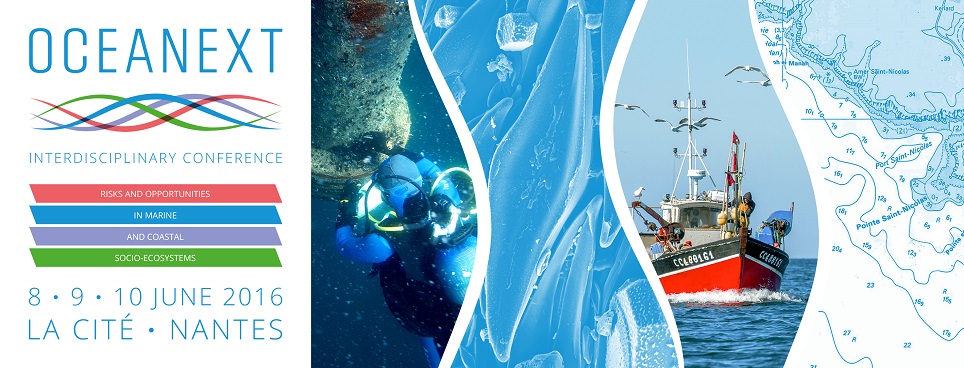Systems engineering methods and tools for a sustainable exploitation of fisheries
1 : Grupo de Engenharia de Processos IIM
(CSIC)
In contributing to the implementation of the new European regulations for a sustainable exploitation of fisheries, simultaneous actions covering both socio-economic and technological aspects are needed.
From a socio-economical perspective, the active involvement of the different stakeholders is essential, among other reasons to gain a deeper understanding of fisher's reasons for discarding. Involvement includes participation in the development of rules to encourage compliance and to minimize illegal exploitation of the resources.
From a technological perspective, complementary measures must be oriented on the one hand to avoid or minimize unwanted catch and to limit its waste by making the best possible use of the biomass.
Based on the lessons learnt from previous life projects BEFAIR/FAROS, in this talk, I will adopt a systems engineering perspective, to discuss different technological solutions that can contribute to a sustainable management of fisheries. Methods combine a variety of ecological and data-driven models to monitor the state of a given fishery. This may include a description of species abundance within a given fishing area and time slot, species interactions or the effects of environmental conditions or fishing effort by gear on the spatial and temporal scales.
On-line monitoring techniques can guide fishing efforts towards areas with low probability of unwanted catch. Such approach in combination with selectivity techniques can contribute to the minimization of biomass waste. However, the selection of the most convenient technology must confront a cost/benefit analysis and take into account the particularities of the fishing fleet or area as well as fishermen concerns.
- Autre

 PDF version
PDF version
